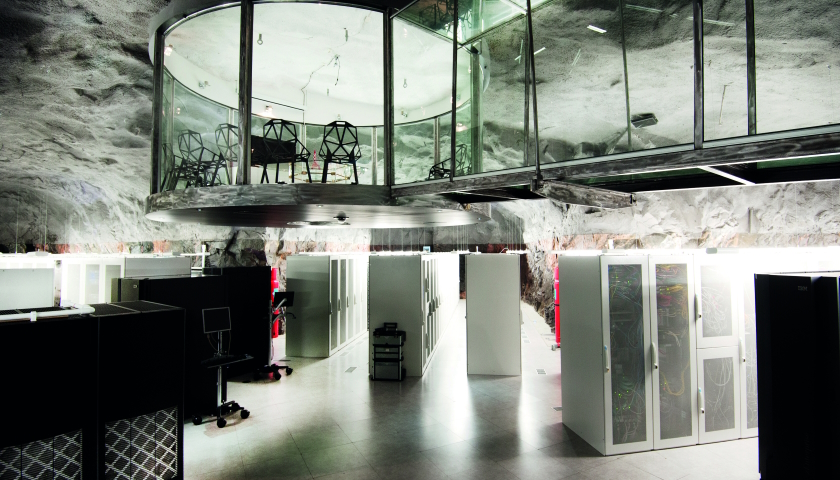Swedish data center operator Bahnhof wants to build a nuclear reactor to power a new data center, according to local news reports.
The company, famous for its Pionen facility styled like the lair of a James Bond villain, is putting together plans for a small modular reactor (SMR) on an industrial site in the Hjorthagen area of Stockholm which would provide electrical power for a new data center, as well as 30,000 households, along with heat for homes and offices.
“I am absolutely prepared to go into it,” said Bahnhof CEO Jon Karlung in an interview with SVT Nyheter. “Ten years from now it is quite possible.”
Details of the project are scant, in the article, which appears to be prompted by a survey of 20 large Swedish businesses, which found Bahnhof was one of three large electricity consumers who would be prepared to invest their money in a new nuclear plant that would supply their needs in future. The other pro-nuclear organizations are gas company Linde and mining firm Boliden.
Bahnhof has seven data centers in Swedish cities and is looking into using nuclear power at a facility currently under construction in Hjorthagen. The company is well known in the data center world for its underground Pionen data center in central Stockholm, which is built in a former government nuclear bunker, and has backup power provided by diesel engines recovered from submarines.
Sweden is an energy exporter with a lot of hydropower and other renewable energy (around 40 percent), as well as around 31 percent from nuclear reactors, but it still produces 28 percent of its electricity from oil and coal.
In response to global heating, and the energy crisis brought on by Russia’s invasion of Ukraine, Sweden has recently announced that previous limits to nuclear energy expansion in the country will be lifted, with a new €25 million ($26.4m) investment in nuclear research, alongside renewed investment in wind power.
Small modular reactors (SMRs) have been proposed as a way to take the risk out of nuclear power, which has historically been plagued by huge cost overruns on giant reactor projects. By contrast, SMRs are intended to be built to a standard design that can be tested and approved centrally and then built reliably in factories, as components that can be shipped to their eventual destination.
Read more: datacenterdynamics.com





